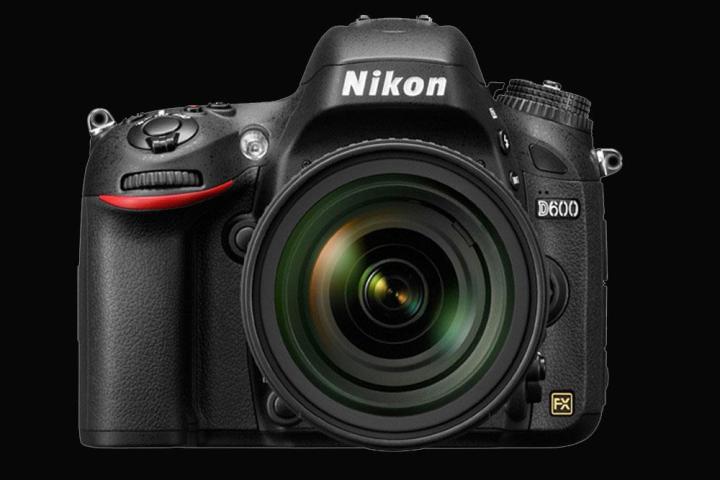
[Update on March 28, 2014: Nikon released a new statement today, in regards to the “granular black spots” sensor issue, saying, “Nikon sincerely apologizes for any concern and inconvenience suffered by D600 users, retailers, and all concerned.” The company reiterated its commitment to supporting D600 users.
“Because Nikon takes this matter very seriously, we will continue to offer users of the D600 a special service with which cameras are inspected, cleaned, and if necessary, shutter and related components are replaced free of charge, even after the product warranty has expired. However, if a number of multiple granular black spots are still noticeable in images captured with a D600 upon which the above service has been performed several times, Nikon will replace it with a new D600 or an equivalent model.” An equivalent model would suggest the D610.
Nikon may have been slow in its response to consumer complaints, but it looks like the company won’t hold back on making sure customers are happy and remain loyal.
(h/t PetaPixel)]
[Update on March 18, 2014: After a state-run television station in China highlighted the defects of the D600, Nikon Corp. in Japan has agreed to stop selling the D600 in China and offer free repairs to owners, stemming from a request from a Chinese government order. The annual show on China Central Television, “World Consumer Rights Day,” which aired on March 15, focused on the camera’s issues (details below) and hidden-camera footage of local service staff blaming dust and smog for the image problems, rather than the sensor defects. (The show has targeted other Western companies in the past, including Apple and Volkswagen, but Chinese companies have also been featured.) In the U.S., Nikon is already facing several class action lawsuits, while promising to fix any D600s that may be affected.
The issue may have been overblown, or it could be a result of new anti-Japan sentiments that have been brewing in China as of late. However, even though not all cameras will have this problem, it’s clear that Nikon should have taken the matter seriously and addressed the issue right away, instead of making many users jump through hoops. It’s a public relations nightmare, but here’s hoping Nikon can learn from it and take better care of its customers.
(via Blloomberg Businessweek)]
Whether you just purchased one or you’ve been using it for a while, users of Nikon’s D600 might be relieved to know that the company has issued a technical service advisory for something that may or may not happen down the road. The D600 is a fine full-frame DSLR, but, as some users have reported, the camera’s sensor may suffer from a dust and oil problem that causes spots in the images. It happens with select cameras, but the problem has become such an issue that class action lawsuits have been filed against the company. Now that Nikon has acknowledged the issue with the service advisory, all D600 owners who notice the problem can get their cameras fixed, even if they are out of warranty; Nikon will inspect the camera, clean the sensor, and replace the shutter assembly and other parts, for free (shipping included).
Although Nikon might be bowing to pressure for some sort of fix, the company states that all DSLR sensors are prone to dust particles that affect image quality, and that DSLRs require periodic sensor cleaning. If you own other Nikon DSLRs, sorry, this service advisory is just for D600 owners. If you aren’t seeing any problems, you should probably hold off on getting it serviced; since there’s no time limit indicated, Nikon has you covered should the problem occur later on.
Click here to read more about the service advisory, and how you can submit a D600 for inspection.
(This article was originally published on February 26, 2014)
Editors' Recommendations
- Nikon’s flagship and very pricey D6 camera finally starts shipping
- Nikon Z 6 vs. Nikon D780: The family feud in the mirrorless vs. DSLR debate
- Nikon crowns a new flagship: The 14 fps, 105-point Nikon D6
- Go full-frame for $1,900 off. This Nikon D750 kit is a steal on Black Friday
- Nikon gives us our first look at its upcoming D6 professional DSLR


